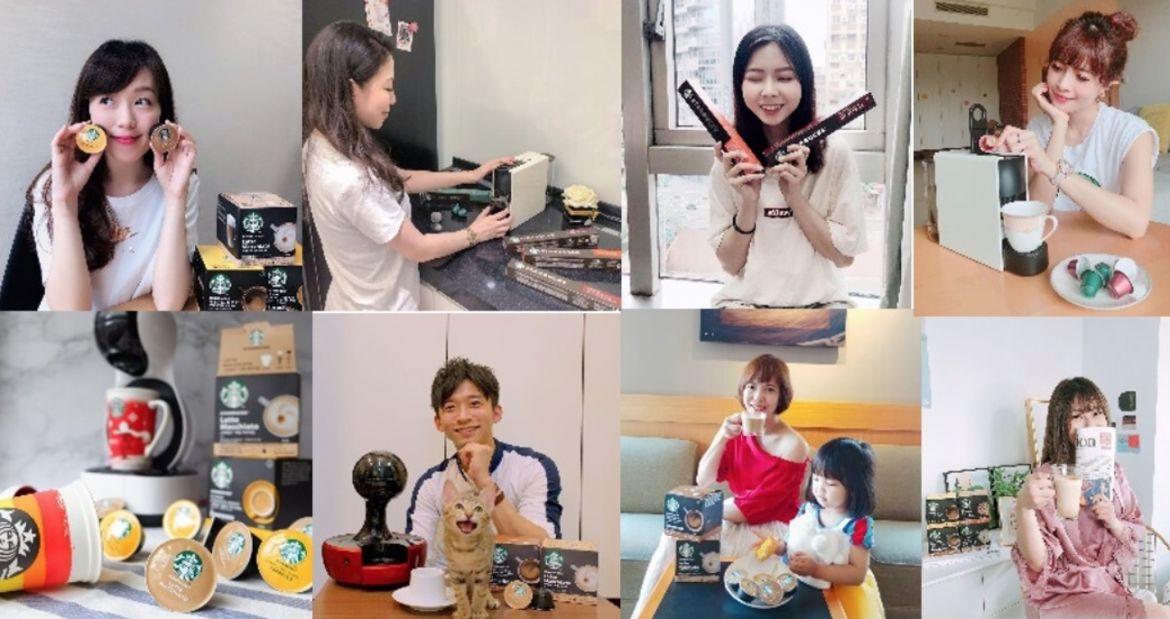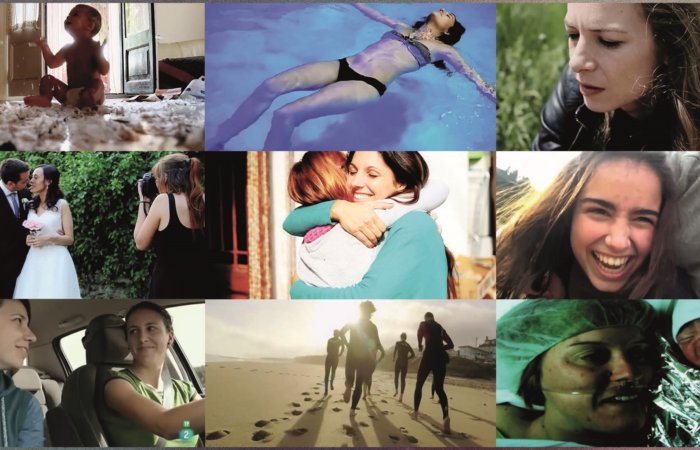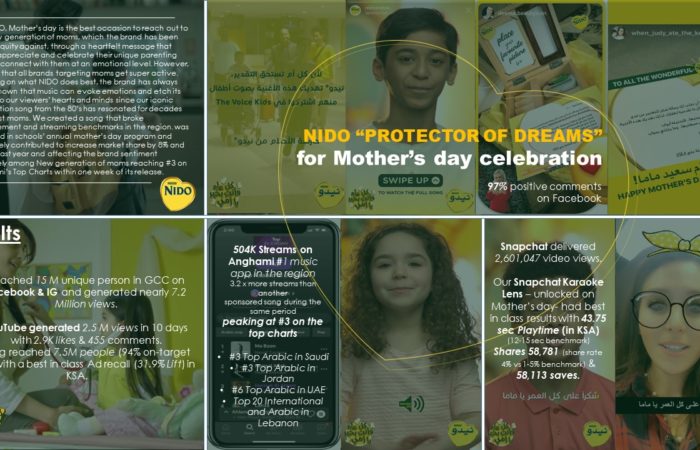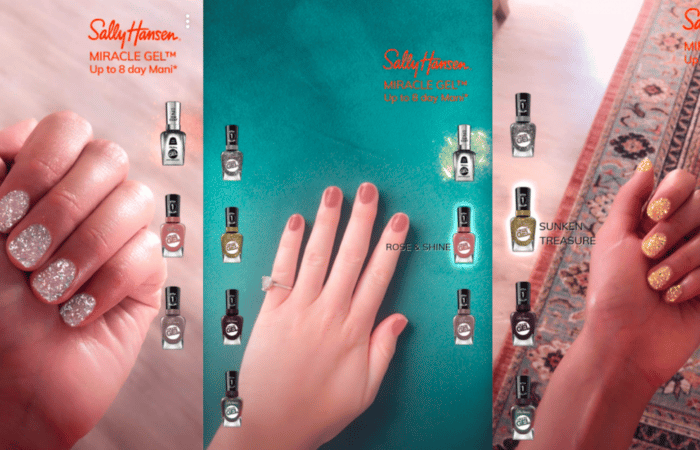Objective
Nestle launched “Starbucks at Home” to coffee capsule consumers in Taiwan. Early in-store promotions were aggressive but rate of monthly sales growth was now declining.
With just $15k we needed to increase monthly sales by double digits and sought growth amongst youth segments.
Insights
Purchasing of premium products can be seen as a symbol of status and sophistication. In the category of premium capsule coffee, market leader’s style-oriented technology allows them to charge 2,150 Taiwan dollars per kilo for its capsules. So coffee capsule consumers are older and wealthier.
Starbucks isn’t like that though. A coffee costs as little as 80 Taiwan dollars. It’s on every street with an accessible reputation for the people. We followed this path and learned that Starbucks plays a remarkable role in the lives of Taiwan’s youth. And it was nothing like how European or North American consumers relate to the brand.
Balancing authentic social personas with exciting online images is a modern-day nightmare. Taiwanese youths created a unique trick. They created the #StarbucksSelfie.
Our audience make sure their peers see them indulging, but always beside a Starbucks cup. Thousands of consumer generated messages are being shared on a daily basis. Starbucks is serious Taiwanese social currency.
It was time to capture this insight and add it to the $15k we had to promote it.
Strategy
User generated content isn’t innovative. We know. It would have been simple to give Facebook some money and build another profile. Then optimise, then report it all in a tight PCA.
We were more ambitious.
A simple way to use a small budget would be behind even more aggressive, response-driving promotions. But those sales would be at the cost of margins.
We focussed on the ROI.
We needed to be brave. We needed to make choices. We need to make Starbucks star bucks.
Some of our budget went into new tech solutions to generate huge earned media value. We partnered with Tagnology and Gliacloud.
Tagnology helped us find the most valuable #StarbucksSelfie influencers. Tagnology avoided investing in any influencer who couldn’t match a predicted performance level. This scale gave us reach and earned media we needed.
With a team of influencers ready, we needed new, fresh, relevant content.
Gliacloud enabled automated and dynamic video production and adserving. Custom assets from influencers fused with AI. This allowed us to build real time communications. The words, imagery and messages engaged our audience at the highest level. Then we overlaid response-driven messages to drive eCommerce. Further real time optimisation ensured performance without inhibiting authenticity and our influencers’ voices.
Execution
Influencers shared their Starbucks creds as normal. Except this time, instead of a cafe, it would be Starbucks at Home. This would lead into branded stories on Facebook and Instagram.
Gliacloud kept it fresh. New and dynamic content added excitement. Our influencers’ followers got credible new messages with 100+ new content pieces. Each piece with accurate, pre-predicted performance levels.
We even put AI content on ETTODAY’s Facebook, the most popular news and entertainment site in Taiwan.
Optimisation afforded us changes mid-campaign. Success enabled us to add extra influencers and advocate existing Nescafe-machine owners. This created an Instagram chatbot-led trial sharable amongst friends.
Results
A traditional approach was not within our means for this campaign. Not even a normal paid-influencer approach was within our budget. Instead, technology, insight and innovation reached a new growth segment.
Reach? Facebook organic reach was 300,000 in the first 24 hours.
Earned media value? US$25k. This was like increasing the original media budget by 165%.
Demand? In the month we were active sales increased by 15%, 5pts more than our target. What was even more impressive was that we sold out without having to discount.
From Starbucks to star bucks indeed.










